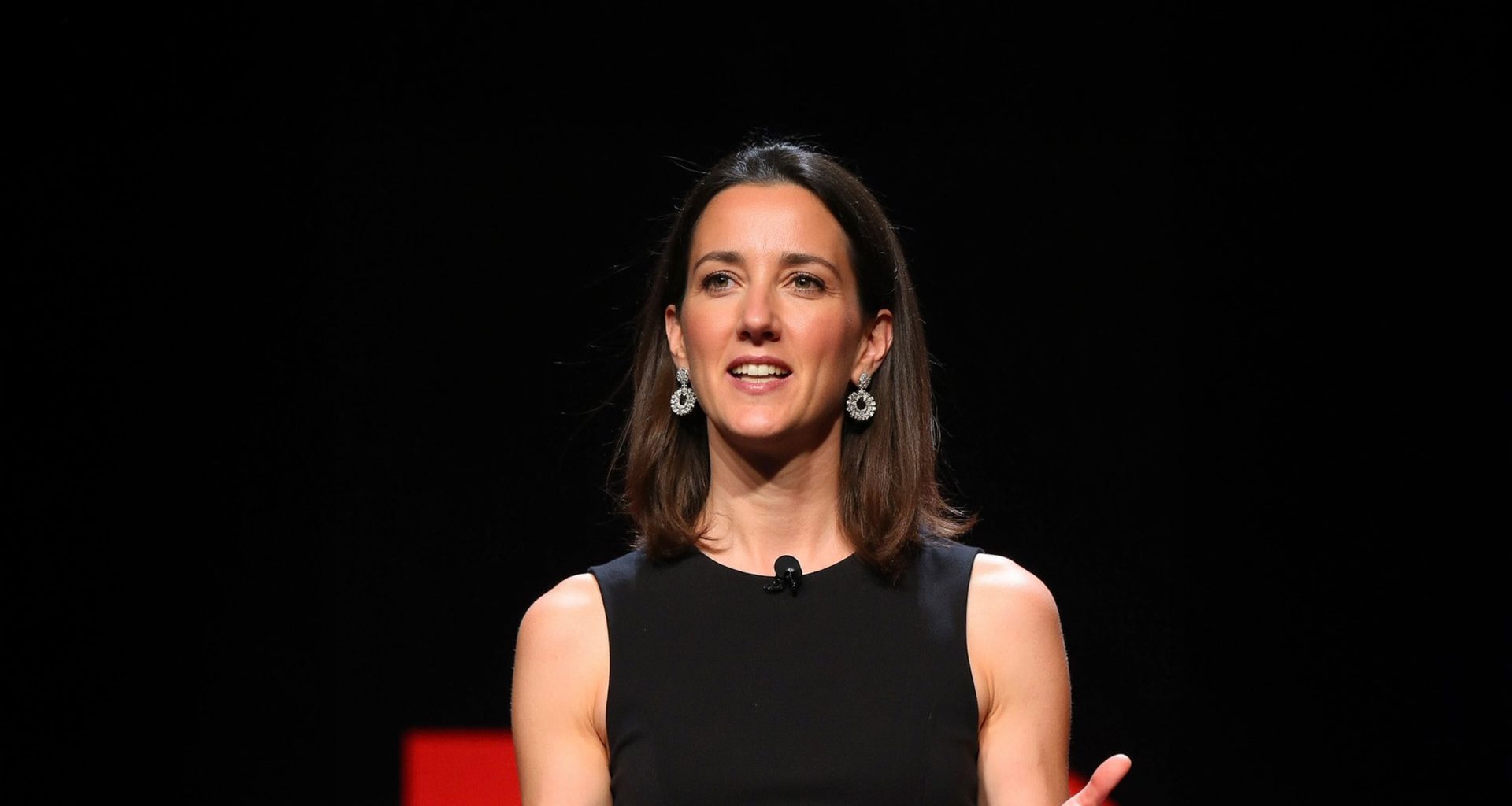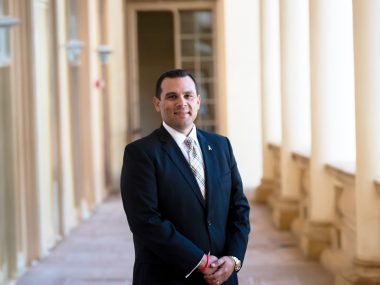Strategic clarity sits at the center of sustainable growth because it provides the discipline and direction companies need when everything around them feels volatile. It acts as an anchor, allowing organizations to cut through complexity, align teams around meaningful priorities, and channel effort toward the work that actually creates momentum.
When leaders communicate often and in digestible pieces, they build shared understanding rather than overwhelm, keeping people connected to the mission instead of drifting toward distractions. And as AI reshapes customer behavior and operational expectations, clarity becomes even more vital. Technology may accelerate progress, but it is human judgment, empathy, and alignment that determines whether a business moves forward with confidence.
“If you are sure on the end goal you can find the journey and that route through,” says Francesca Devrient. “You just need to make sure everyone is rowing in the same direction.” With more than 20 years shaping global product, technology, and AI strategies across Booking.com, Red Hat, BMW, BBC and European Scale-ups, Francesca Devrient has become known for cutting through noise and helping leadership teams articulate what they want, why it matters, and how to get there.
Devrient built her career inside some of the world’s most influential organizations, and the throughline has always been the same: helping companies see clearly. Today, she partners with leadership teams to translate ambition into aligned action, guiding them through complexity with the confidence and clarity required to grow.
Finding Clarity in the Critical Middle Stage
She founded Devrient Advisory after years in large enterprises, driven to work more closely with businesses navigating their toughest stage of growth. She saw early stage and midsize companies with bold ambitions but without the alignment or foundational structure needed to scale effectively.
Very quickly, she recognized a pattern. Despite differences in size or industry, many organizations struggle with the same issue: complexity that clutters decision making. Leaders get stuck in legacy problems, internal pain points, or the weight of their own history. “It’s very easy when you’re close to something to get caught up on complexity or legacy,” she says. “That’s where I’ve always had the ability to cut through noise and identify what we actually need to go after.”
Her work focuses on helping businesses articulate direction in plain, actionable terms so teams not only hear the strategy but understand their role within it. When that clarity lands, “people know anything they build, work on, or deliver has the same goal in mind.”
Strategic Clarity Determines Whether a Company Scales
For a mid-sized company, the desire to grow does not always mean it is ready to scale. Without strategic clarity, organizations risk pursuing the wrong initiatives or fragmenting their focus across too many priorities. Whether the business is B2C or B2B, the same principles apply. Companies must understand what customers value, which problems they solve, and what meaningful change they intend to create.
But that’s just the external piece. Internally, leaders need to choose where to focus first. “You can’t go after everything at once,” she says. “You need to be clear about what you’re going after right now and why it matters.”
Without that clarity, teams drift. People become distracted by side conversations or competing ideas, which she compares to being “taken off route and off target.” The role of leadership is to create a unified direction that acts as a filter for decisions, investments, and innovation.
The Case for Over Communication
Devrient is firm on one key point: communication is not a soft skill, it is a structural necessity. “You can’t over communicate as long as it’s consistent and people understand what it means to them and how they can impact where the company is going.”
She pushes leaders to break their messaging into accessible, focused pieces rather than overwhelming teams with everything at once. People retain only a handful of points from any communication, she says, so cadence and clarity matter more than volume.
“It may seem like it takes longer, but it doesn’t,” she adds. Leaders often want to skip to the end, tell teams the destination, and move on. But real alignment takes repetition, conversation, and the patience to bring people on the journey. When you do that, “you get there with so much more strength.”
Leadership in the Age of AI and Shifting Customer Behavior
As AI continues to reshape how organizations operate and compete, the conversation brings both opportunity and pressure. “AI isn’t new,” she says. “It’s been around for more than 20 years. We’re just in a moment where generative AI has shifted the focus.”
For leaders, that means two things. First, they need talent capable of understanding the governance and internal structures required to use AI responsibly and effectively. Second, businesses must think differently about how products reach customers.
More customers now ask questions directly through tools like ChatGPT or Gemini. If a product doesn’t show up as the recommended option inside those channels, it risks being invisible. “If your product isn’t the first one that comes back in that answer, you get lost,” she says. Trust is shifting from brand recognition to confidence in the platform a customer uses. “This is why we need to be building our products in the channel”.
Leading With Clarity When the Stakes Are High
This change requires leaders to see product distribution, customer behavior, and technology strategy as more deeply intertwined than ever. It is exactly why strategic clarity becomes a responsibility, not a preference, especially during volatile periods. Leaders face pressure to deliver targets, meet investor expectations, and respond to shifting markets. In this environment, it’s easy to lose the human element.
“You’ve got to remember that we are human at the end of it,” she says. “It’s humans who buy from us, humans who run businesses, and humans who work within our organizations.”
To stay connected with Francesca Devrient, visit her LinkedIn or website.











